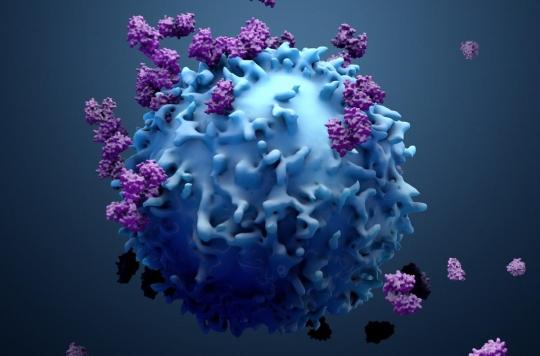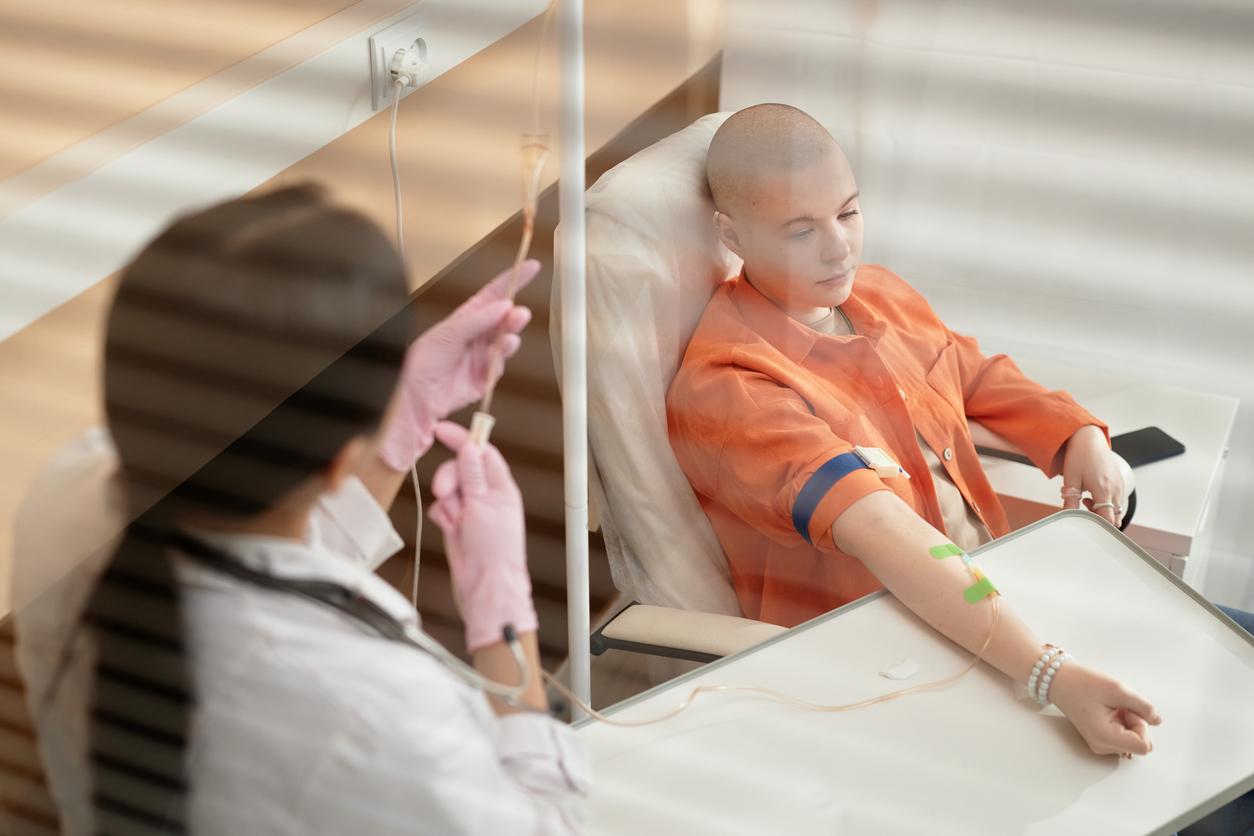The mechanism of transformation of glucose by cancer cells is particular: called the Warburg effect, it provides valuable information on their growth and provides avenues for treatment.

- Cancer cells use the fermentation of glucose, not its combustion, to acquire energy
- Immune cells use this same process of transforming energy through an enzyme
- Blocking this enzyme would stop the growth of cancer cells
For almost a century, the scientific community has wondered about a strange phenomenon: cancer cells use the energy contained in glucose in a totally different way, compared to other cells in the body. This process of transforming matter into energy is not based on combustion, but on fermentation. The German doctor, Nobel Prize in medicine in 1931, Otto Heinrich Warburg, discovered this phenomenon in 1921, it then took its name and became the Warburg effect. Since then, scientists around the world have wondered: why do cancer cells resort to this process, when it is not the most efficient way to transform energy? In the specialist journal Sciencean American research team presents its hypothesis.
The PI3 enzyme: the commander in chief of our cellular metabolism
According to their research, everything would be linked to an enzyme, called phosphoinositide 3-kinase (PI3). “PI3 kinase is a fundamental signaling molecule, it works almost like a commander in chief of cellular metabolism“, says Ming Li, lead author of the study. It is involved in the division, growth and survival of cells. In the case of cancer, the signals it emits also participate in the development of the disease. Cancer cells use the Warburg effect, the level of PI3 increases inside the cells. The enzymes give the cancer cells a signal that leads them to divide next.”It is one of the most active signaling trajectories in cancer“, says the author.
A complex phenomenon, analyzed in immune cells
To better understand why this phenomenon is based on the Warburg effect, the researchers analyzed the same effect elsewhere in the body: in immune cells. The latter use the same energy transformation process. “When immune cells are alerted to the presence of an infection, T cells switch from classical combustion method to Warburg metabolization“, explain the researchers in a communicated. This makes it possible to produce ATP, qualified as the energy currency of cells by researchers. This process of “switch“from one method of transformation to another is based on the enzyme LDHA, for lactate dehydrogenase A. However, when this enzyme is lacking, the cells are no longer able to maintain their level of PI3, which blocks the division T cells and prevents them from fighting infections.
What happens in cancer cells?
According to Ming Li, the observation of immune cells provides an explanation for the use of the Warburg effect: since cells need ATP quickly to start their division process, they rely on this mechanism. Cancer cells would use the same process to keep sending signals to different cells, and then ensure their continued growth and division. The researchers would like to apply these discoveries: blocking the activity of LDHA could thus make it possible to block the growth of cancerous cells.
.















